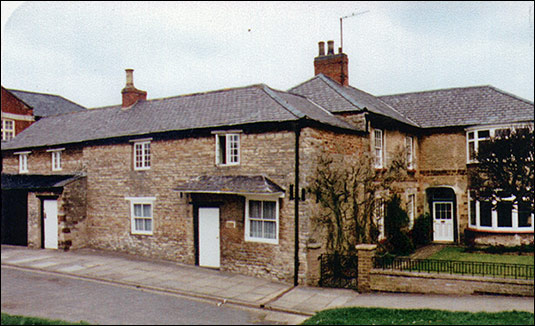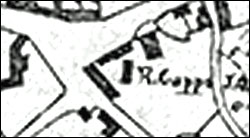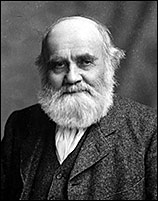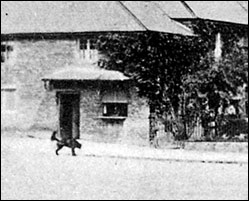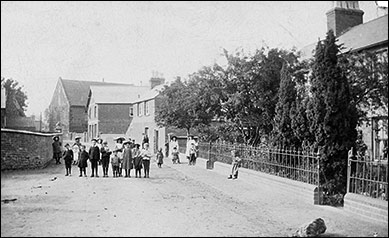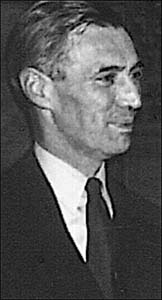| Researched by John Meads 2007 |
|||||||||||
|
|||||||||||
|
|||||||||||
|
The marriage took place at Burton Latimer St Mary’s Church on 14th February 1862 of Ann Wignell, aged 38, daughter of Edward Wignell, a butcher, farmer and grazier and James Osborne, aged 36, the son of Samuel Osborne, a farmer. The Wignells lived in the substantial limestone house which stands facing “The Cross”, the ancient name for the open area at the junction of High Street,
When Robert Capps died in 1820 the house, and probably the business, was purchased by Edward Wignell, born in Great Easton but who had come to James Osborne first farmed from Burton Wold Farm which he left in 1873 but he then became the tenant of another farm, known as Redlands Farm, which was owned by Henry Harpur. The farmhouse and farm buildings were situated immediately south of the Waggon & Horses Inn, Kettering Road. The farm house was occupied by a farm worker and his family and it survived until the 1960s, but the large barn is still a prominent feature in Kettering Road. He also owned other land in Burton Latimer as is shown by an advertisement in 1881 which gave notice of a sale of "Valuable Ash Poles, Faggott Wood etc." in Hogs Hole Spinney "on the instructions from Mr. James Osborne." Much of the land belonging to his farms was rich in ironstone and James Osborne exploited this by leasing some it to the Burton Ironstone Company for iron ore extraction whilst still carrying on in business as a farmer until about 1900. He was also able to develop land in
He was prominent in the affairs of the village, a churchwarden from the 1890s until his death and stood successfully as a candidate for the parish council in 1896. Although the area where the house stood was known as Osborne's Corner when he lived there, it was not until after his death that his former home became known as ‘Osborne House’, the first mention of it is to be found in a Kelly’s Directory of 1914 where it is given as the home of Herbert Ayres. He was the cashier at the Evening Telegraph, a prominent member of the
As a reminder of the past, butcher's hooks can still be seen at the front and rear of the house and up to a few years ago the stables and butcher's slab could still be found in the outhouses. |
|||||||||||
